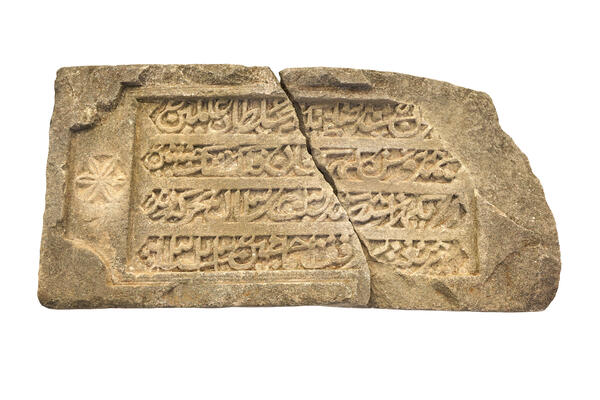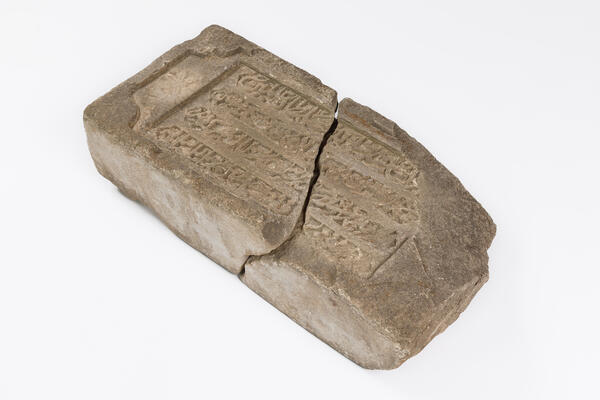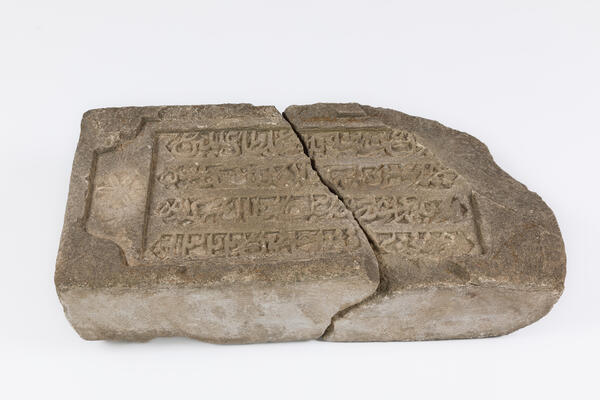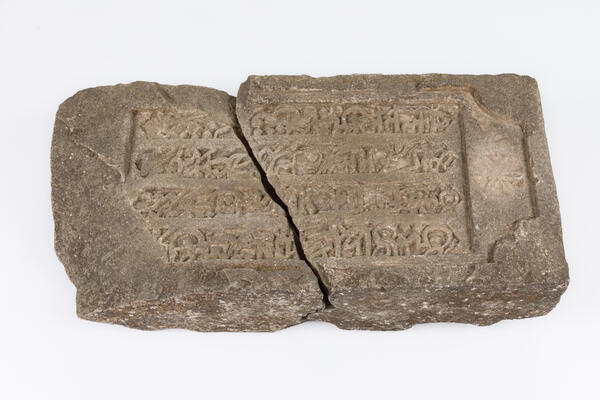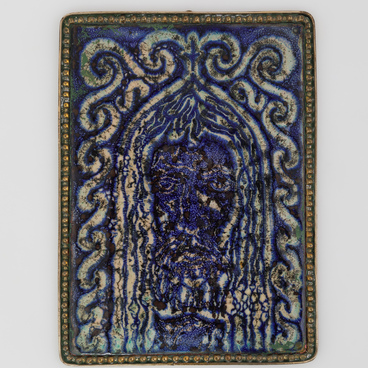Home for Muslims is one of the key concepts in their religion. It is a holy place to which they pay special attention, create a favorable atmosphere and comfort. A Muslim’s home is an expression of their faith and fulfillment of the precepts of Islam. A stone panel affixed to a wall is a traditional element of the Islamic dwelling that preserves the ancient Muslim tradition — the waqf. It is mentioned in the text of the panel found in the old part of the city of Derbent in Dagestan.
“Waqf” is translated from Arabic as “confinement and prohibition”. In Muslim law, it is property that was transferred by the state or a private owner for religious or charitable purposes. Oftentimes waqf was land or buildings, which under the law could not be registered as property or used for personal purposes. To endow a waqf, a document was drawn up that was publicly announced in the mosque, and it was an indefinite and irrevocable contract. The Prophet Muhammad, who passed on the text of the Quran to Muslims in the 7th century, endowed the first waqf in history. He bought land in Medina to build a mosque, now known as the Mosque of the Prophet. All of Muhammad’s wealthy associates endowed their waqf according to Shariah law.
The stone panel features a text carved in complicated Arabic script, which is distinguished by its magnificence and opulence. It is made in the Kufic script, an example of high calligraphic and poetic art. The decorative pattern on the panel is made in the form of a frame and rosettes of six to eight narrow, recessed lobed petals. The text begins with the glorification of Allah, “Lord of the Worlds”, and includes the name of the founder of the waqf, Imam Hussein, grandson of the Prophet Muhammad.
The date on the panel is given according to the Islamic calendar — 1323. In Saudi Arabia it was the official calendar until 2016, and in the rest of the Muslim countries it is still used to determine religious holidays. The Islamic calendar begins with the year 622 — the time the Prophet Muhammad and the first Muslims moved from Mecca to Medina. The year 1323 corresponds to 1945 according to the Gregorian calendar.
“Waqf” is translated from Arabic as “confinement and prohibition”. In Muslim law, it is property that was transferred by the state or a private owner for religious or charitable purposes. Oftentimes waqf was land or buildings, which under the law could not be registered as property or used for personal purposes. To endow a waqf, a document was drawn up that was publicly announced in the mosque, and it was an indefinite and irrevocable contract. The Prophet Muhammad, who passed on the text of the Quran to Muslims in the 7th century, endowed the first waqf in history. He bought land in Medina to build a mosque, now known as the Mosque of the Prophet. All of Muhammad’s wealthy associates endowed their waqf according to Shariah law.
The stone panel features a text carved in complicated Arabic script, which is distinguished by its magnificence and opulence. It is made in the Kufic script, an example of high calligraphic and poetic art. The decorative pattern on the panel is made in the form of a frame and rosettes of six to eight narrow, recessed lobed petals. The text begins with the glorification of Allah, “Lord of the Worlds”, and includes the name of the founder of the waqf, Imam Hussein, grandson of the Prophet Muhammad.
The date on the panel is given according to the Islamic calendar — 1323. In Saudi Arabia it was the official calendar until 2016, and in the rest of the Muslim countries it is still used to determine religious holidays. The Islamic calendar begins with the year 622 — the time the Prophet Muhammad and the first Muslims moved from Mecca to Medina. The year 1323 corresponds to 1945 according to the Gregorian calendar.

